Between c. 140 and c. 116 BCE the dynasty ruled Judea semi-autonomously from the Seleucids. From 110 BCE, with the Seleucid Empire disintegrating, the dynasty became fully independent, expanded into the neighbouring regions of Samaria, Galilee, Iturea, Perea, and Idumea, and took the title "basileus".
In 63 BC, the kingdom was invaded by the Roman Republic, broken up and set up as a Roman client state. The dynasty survived until 37 BC, where it was replaced by the Herodian dynasty. Shortly before Herod the Great died in 4 BC, Rome joined Judea, Samaria and Idumea into the Roman province of Iudaea.
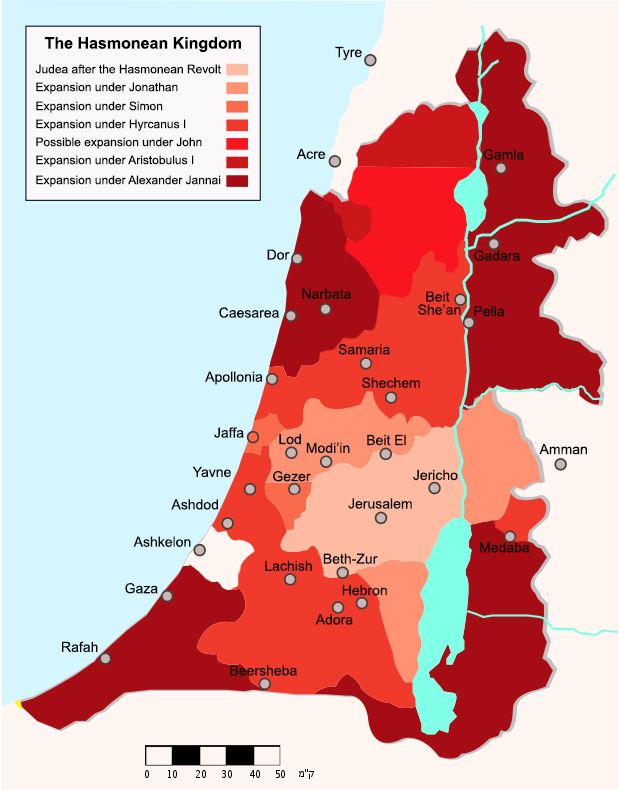
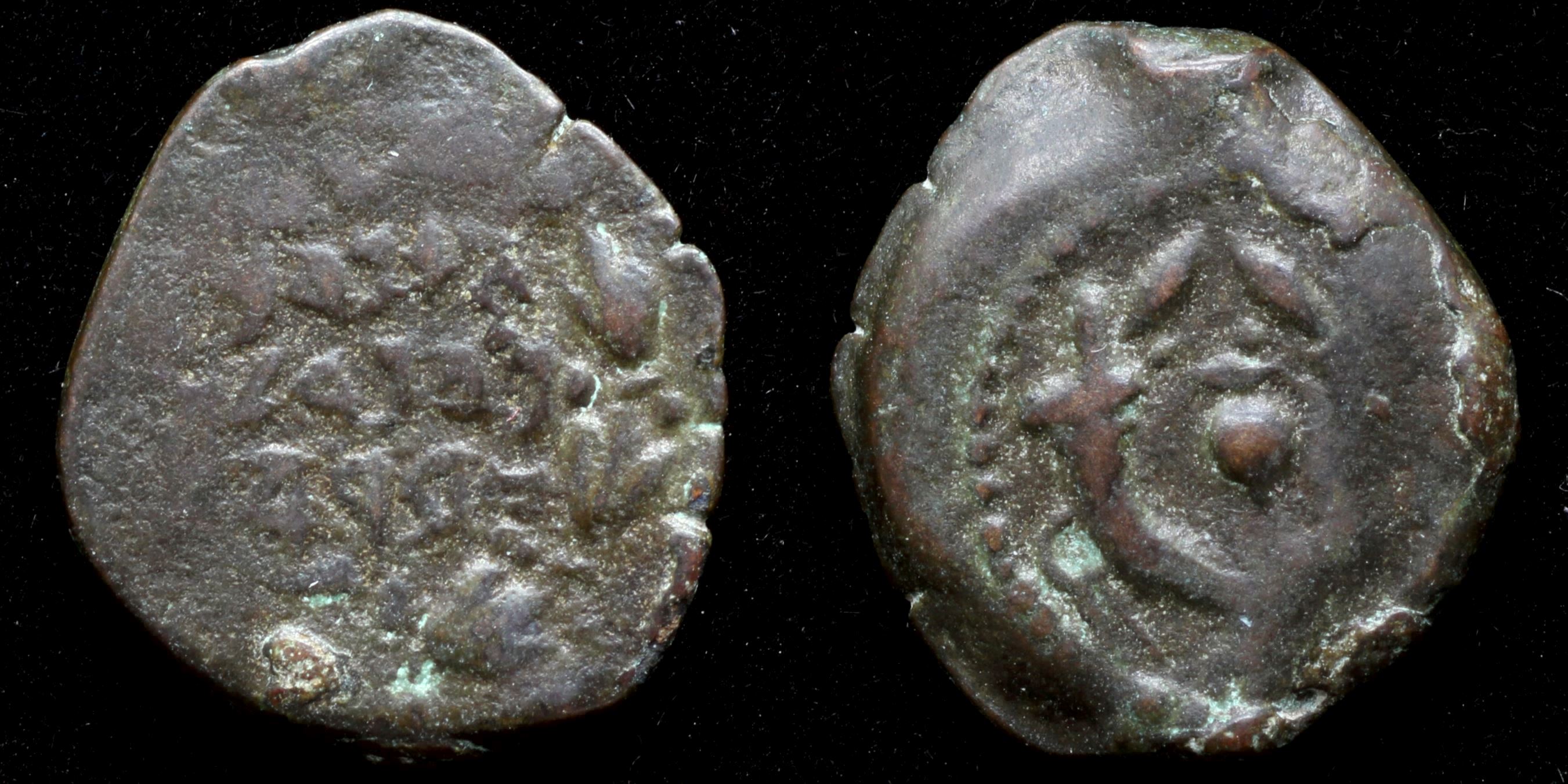
Reverse: double cornucopia adorned with ribbons, pomegranate between horns
Die Orientation: -
Weight: 2.1 g

Reverse: Seleucid anchor; BAΣIΛEΩΣ AΛEΞANΔPOY
Die Orientation: -
Weight: 0.67 g
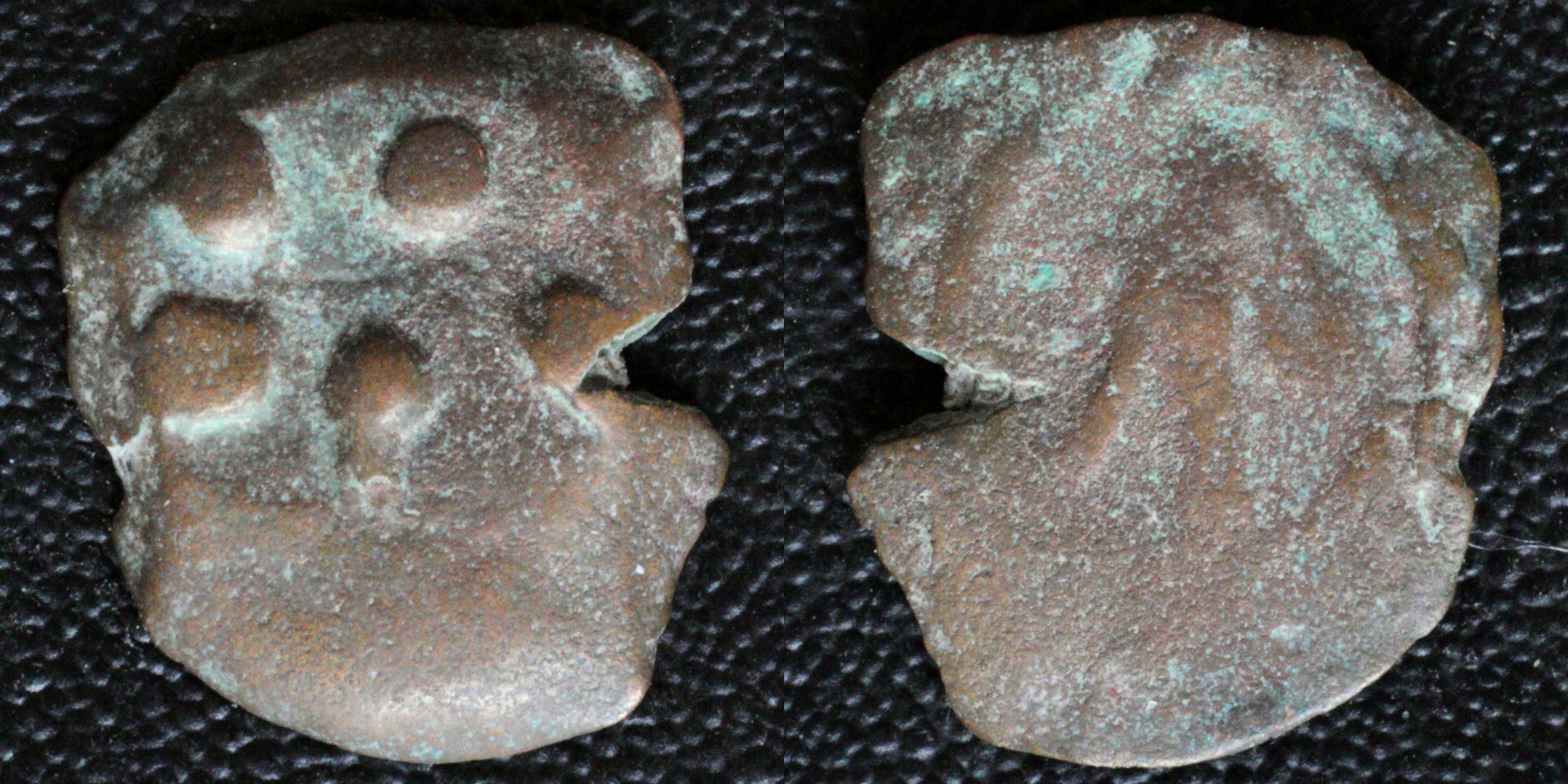
Reverse: Anchor in circle, BAΣIΛEΩΣ AΛEΞANΔPOY
Die Orientation: -
Weight: 0.71 g
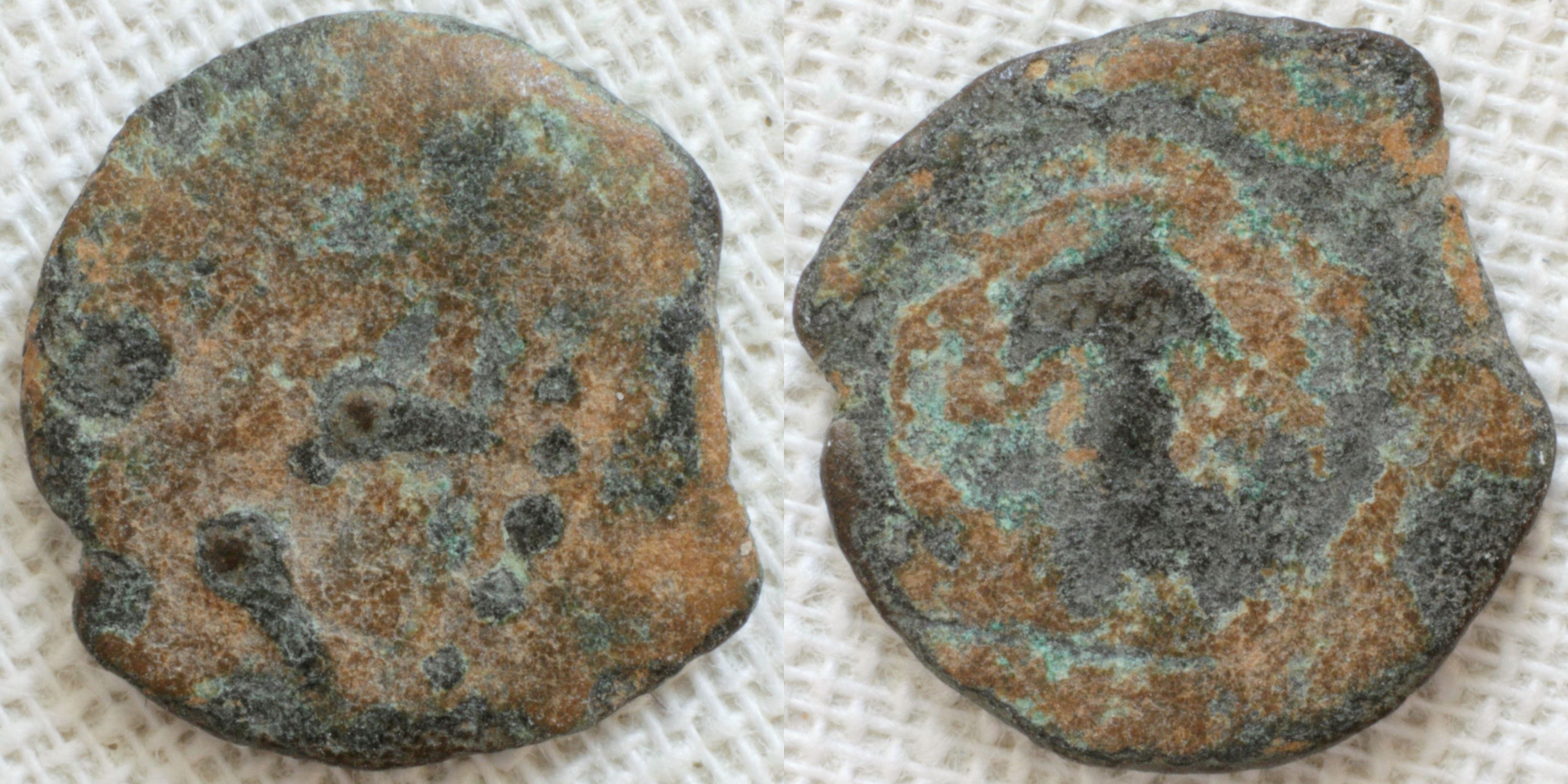
Reverse: Anchor in circle; BAΣIΛEΩΣ AΛEΞANΔPOY
Die Orientation: -
Weight: 0.6 g
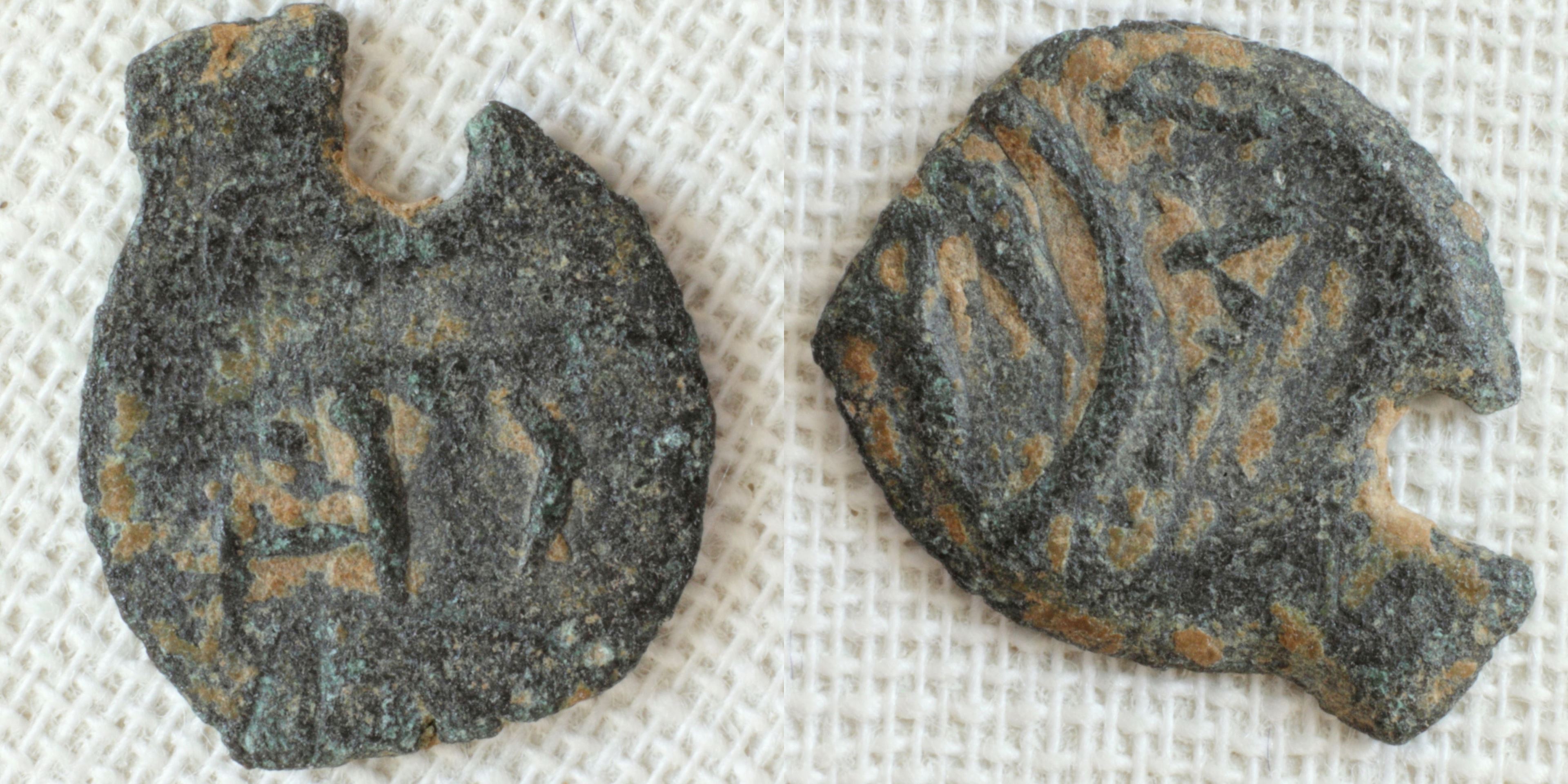
Reverse: Anchor within circle blundered barbaric imitation of Greek legend around
Die Orientation: -
Weight: 0.54 g
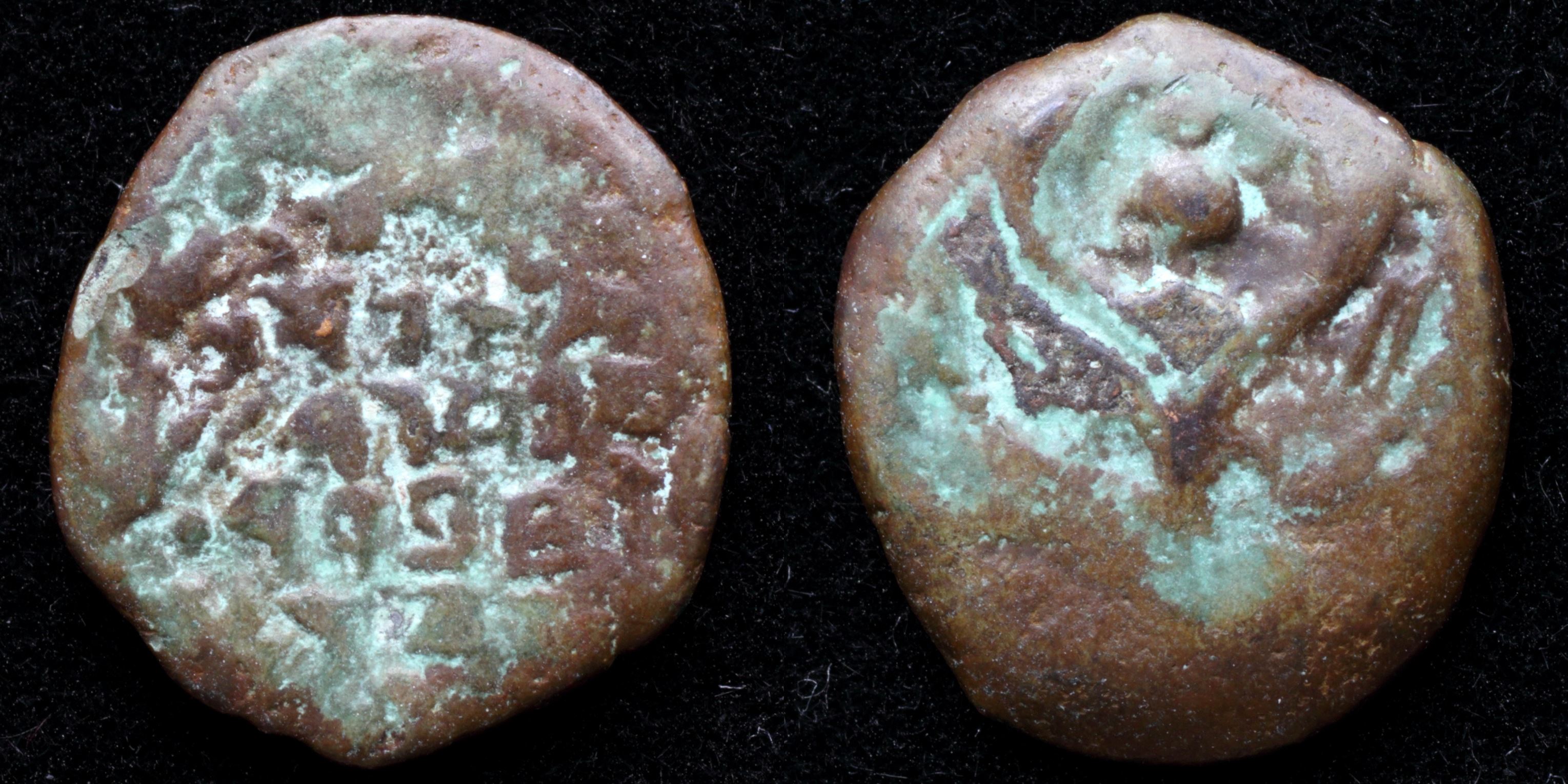
Reverse: double cornucopia adorned with ribbons, pomegranate between horns
Die Orientation: -
Weight: 1.4 g
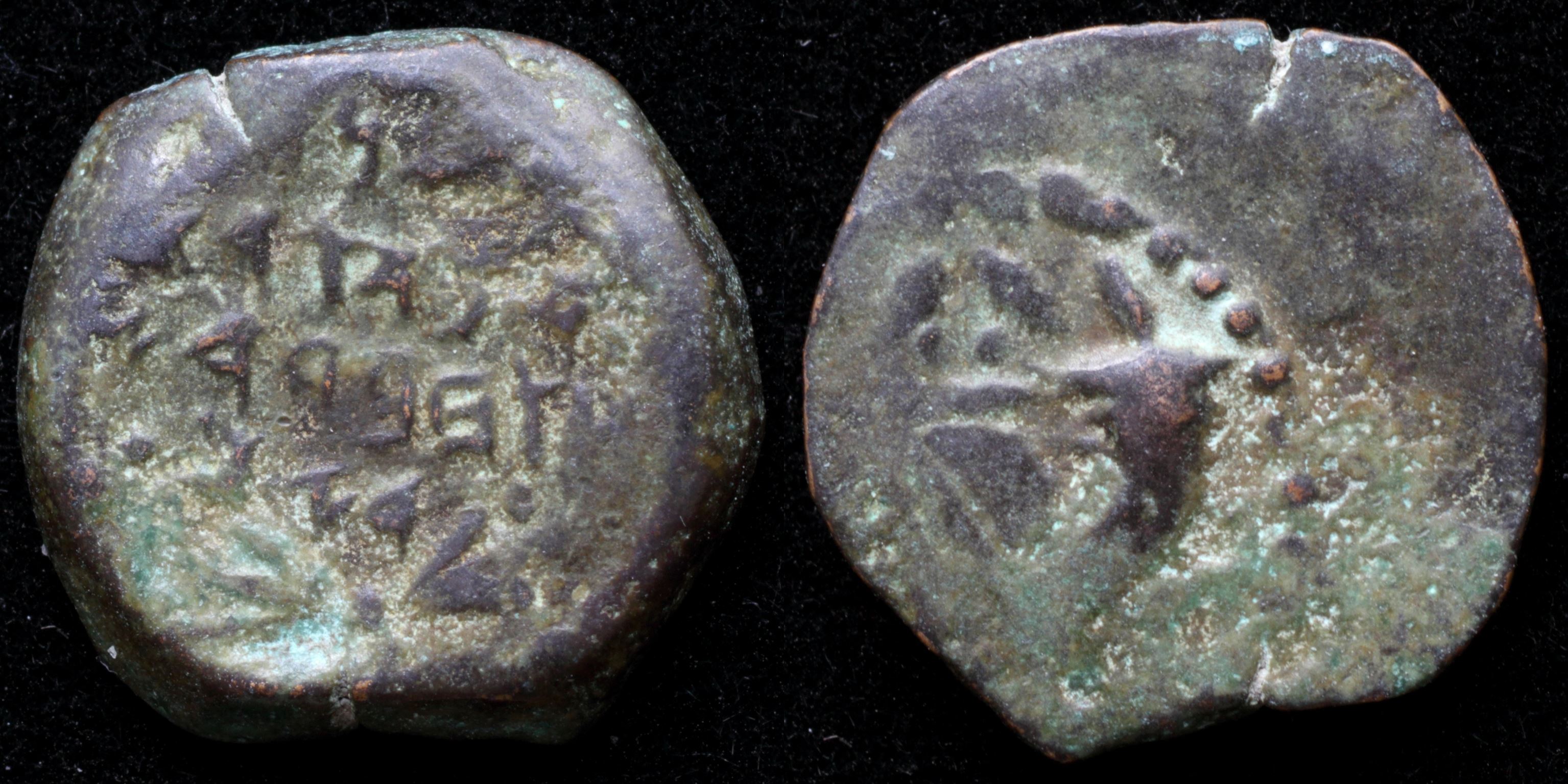
Reverse: double cornucopia adorned with ribbons, pomegranate between horns
Die Orientation: -
Weight: 2.3 g
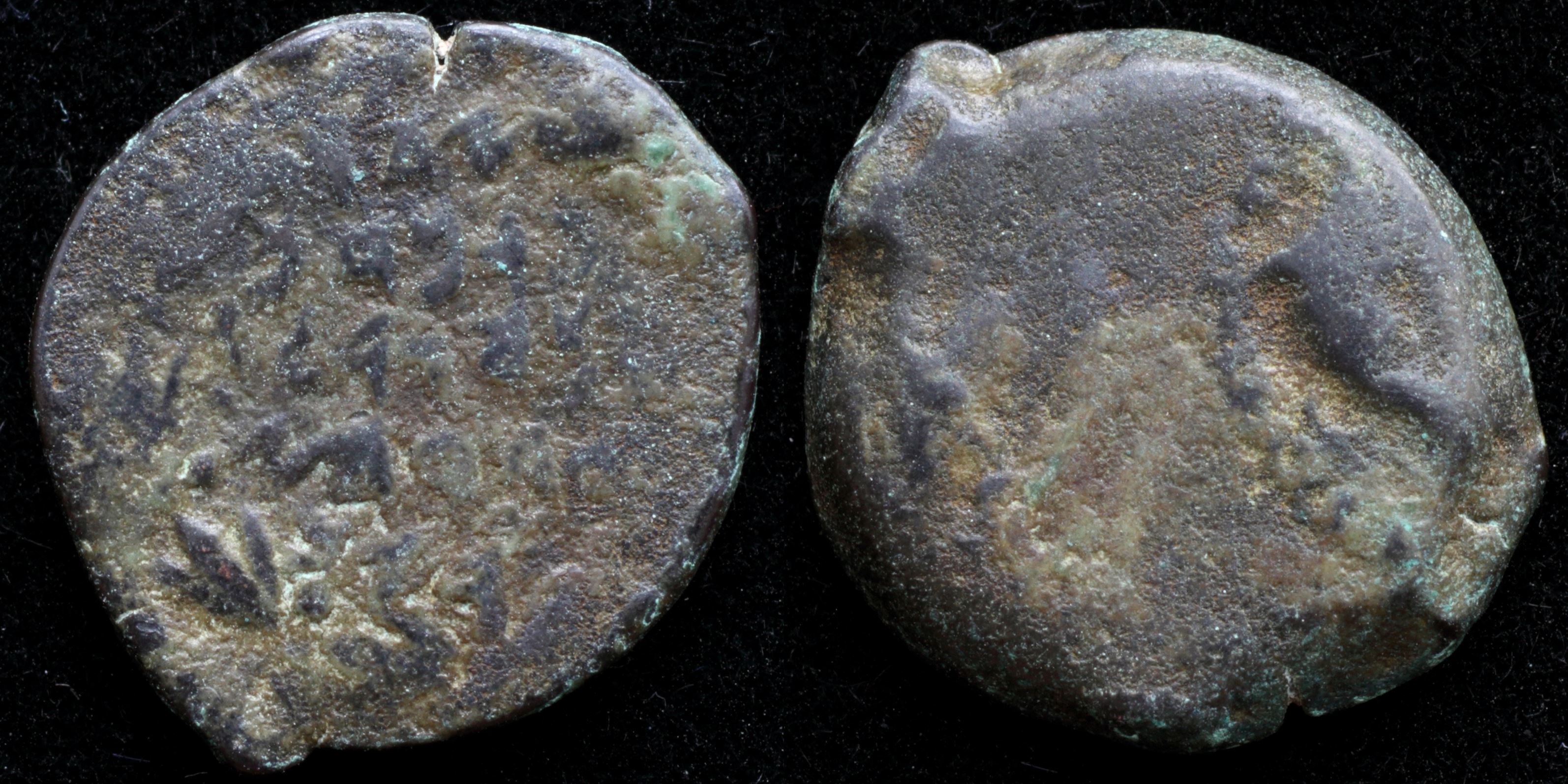
Reverse: Double cornucopia adorned with ribbons, pomegranate between horns
Die Orientation: -
Weight: 2.3 g
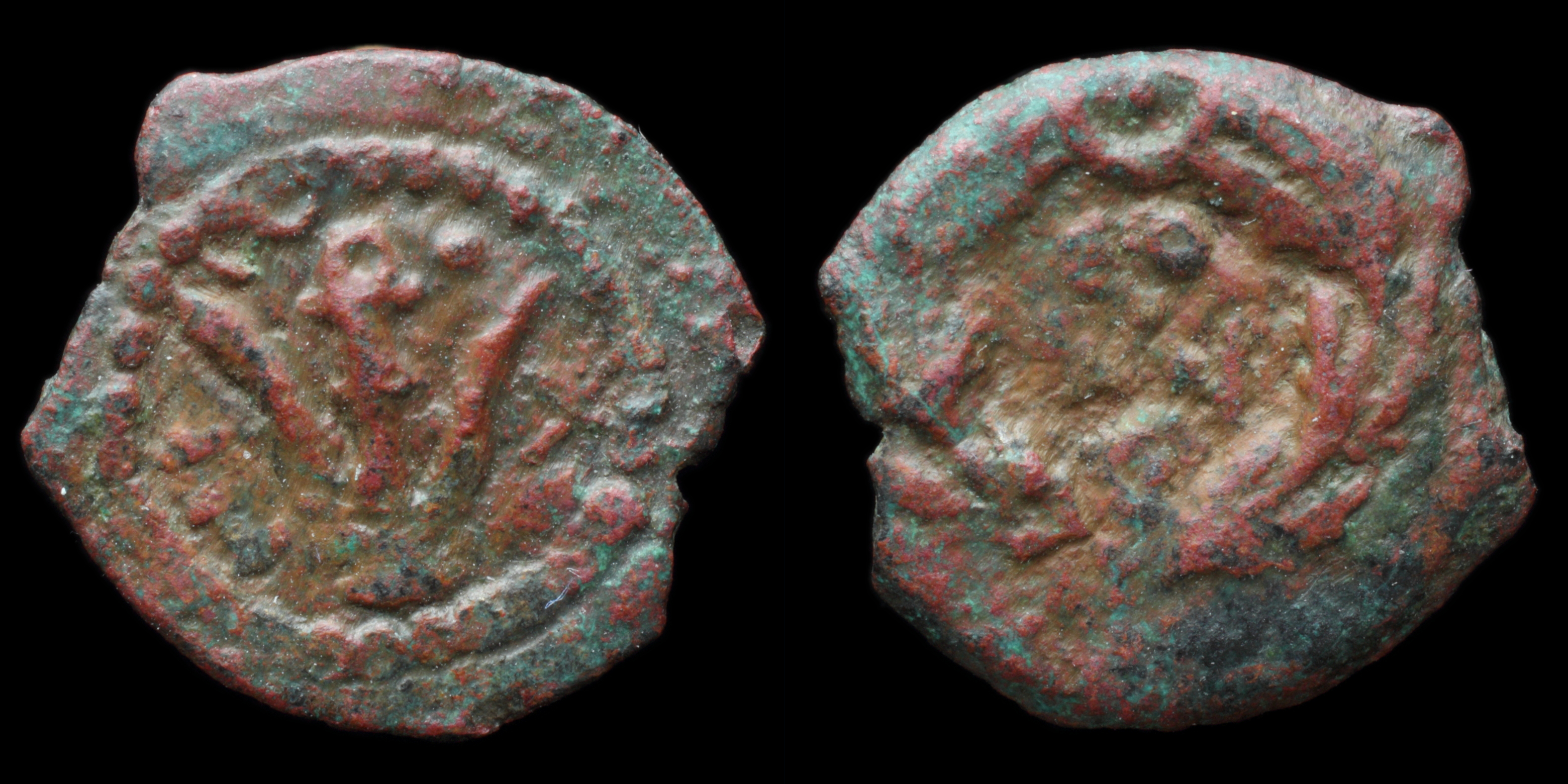
Reverse: legend within oak wreath; EΘ / AN (Ethnarch)
Die Orientation: -
Weight: 1.3 g
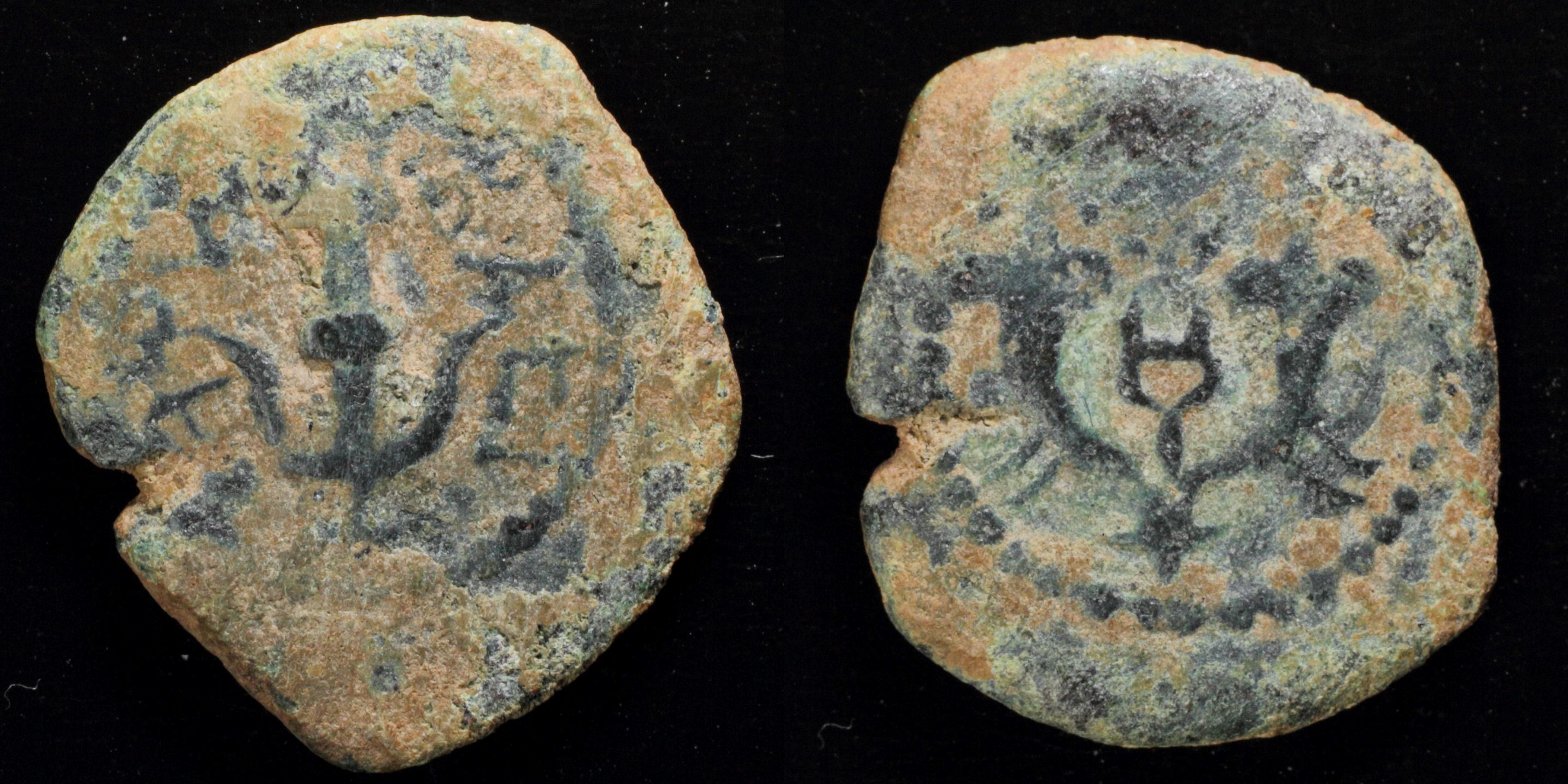
Reverse: 2 cornucopiae, caduceus between, dots above
Die Orientation: -
Weight: 1.9 g

Reverse: double cornucopia with pomegranate between horns
Die Orientation: -
Weight: 2.1 g
